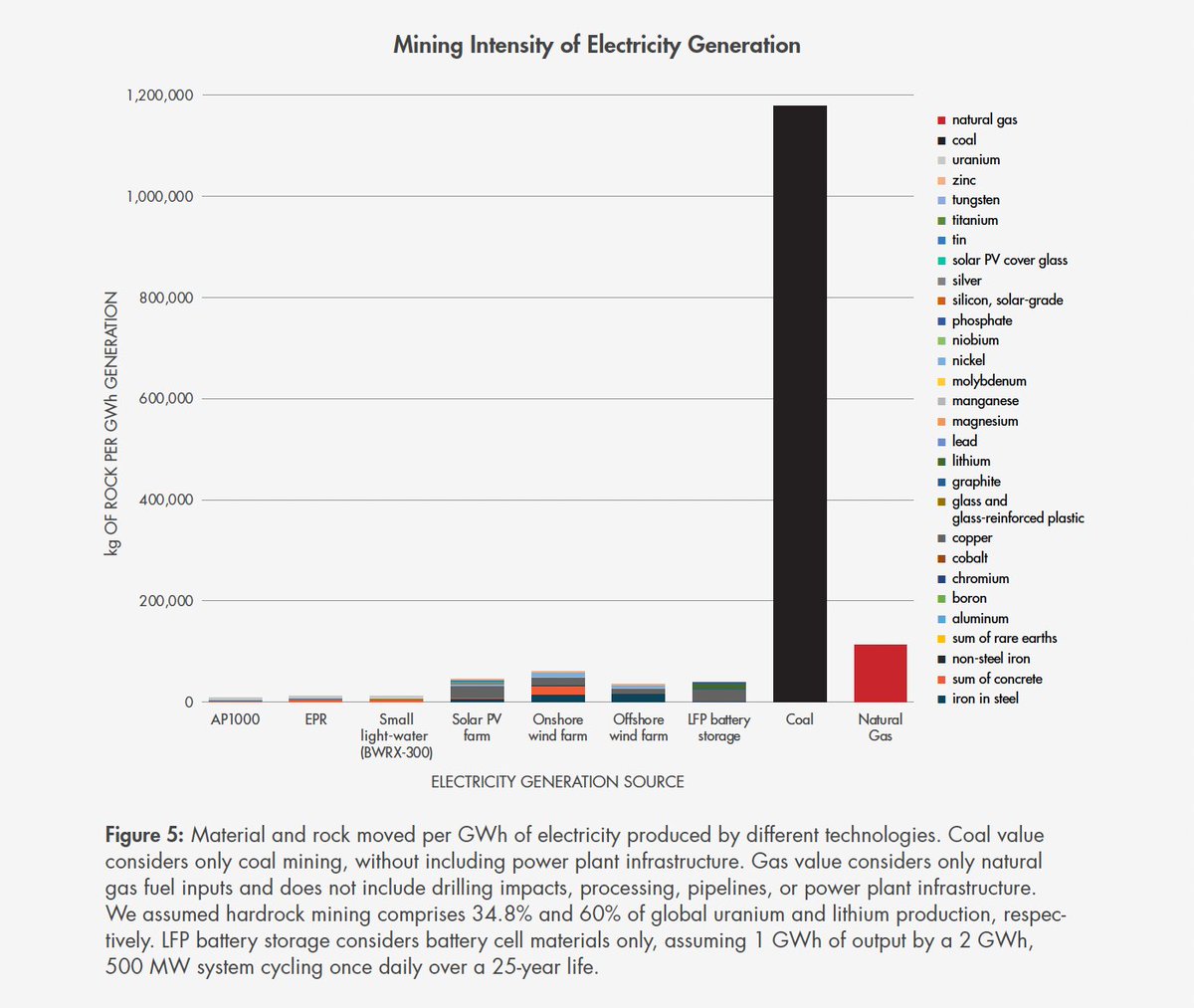Okay, it’s #WorldOceansDay, so let’s talk about ocean deoxygenation.
To be clear, in no way is the human oxygen supply threatened by ocean deoxygenation.
THREAD
To be clear, in no way is the human oxygen supply threatened by ocean deoxygenation.
THREAD
https://twitter.com/ClimateBen/status/1270057054238052354?s=20
Our current atmospheric oxygen levels accumulated over the long geologic history of the Earth. This Atlantic article communicates the science behind this beautifully: (1)
theatlantic.com/science/archiv…
theatlantic.com/science/archiv…
It’s more accurate to say that 80% of the oxygen humans breathe *came* (note use of past tense) from ocean plant life. The overwhelming majority of that oxygen was built up over incredibly long timescales by algae that lived hundreds of millions of years ago. (2) 

Oxygen production by the plants and algae living today is of negligible influence upon the 21% of our atmosphere that is made up of oxygen, particularly as today’s photosynthetic oxygen *production* is balanced by biological *consumption* of oxygen via respiration. (3)
No matter what happens to the Amazon or ocean algae, humans will not be in any danger of suffocation.
Nor will the ocean as a whole run out of oxygen, because the atmosphere is *where the ocean gets oxygen from*, via mixing and absorption (4).
Nor will the ocean as a whole run out of oxygen, because the atmosphere is *where the ocean gets oxygen from*, via mixing and absorption (4).
Ocean deoxygenation is often pretty misunderstood by the media and public. Yes, ocean oxygen levels have decreased as a result of climate change, but no sudden, movie-like apocalypse awaits, sorry to disappoint. (5)
First, let’s clarify how much ocean deoxygenation we’re actually talking about.
Schmidtko et al (2017)’s seminal paper found a total global ocean oxygen loss since 1960 of 2%. (6)
nature.com/articles/natur…
Schmidtko et al (2017)’s seminal paper found a total global ocean oxygen loss since 1960 of 2%. (6)
nature.com/articles/natur…
Ocean models are uncertain but predict global oxygen declines of 1-7% by end-of-century. Long et al (2016) for instance calculated a decline of ~4% by 2100 under a worst-case emissions scenario. (7)
agupubs.onlinelibrary.wiley.com/doi/full/10.10…
agupubs.onlinelibrary.wiley.com/doi/full/10.10…
Severe deoxygenation is a regional phenomenon. Often occurs in coastal zones w upwelling, like off the west coasts of continents. Many oxygen minimum zones (OMZs) are naturally-occuring, although they are expanding due to human activity and warming. (8)
sci-hub.tw/https://www.na…
sci-hub.tw/https://www.na…
Oxygen minima are also typically restricted to particular ocean layers (100-1800m, avg ocean depth is 3.7 km).
sciencedirect.com/science/articl…
In many regions of the world, ocean oxygen concentrations have barely budged. (Figure from Schmidtko et al 2017) (9)
sciencedirect.com/science/articl…
In many regions of the world, ocean oxygen concentrations have barely budged. (Figure from Schmidtko et al 2017) (9)
The upper hundred or so meters of the surface ocean are mixed by contact with the atmosphere, wind, waves, and thus are generally very rich in oxygen and rarely experience anoxic conditions.
Low-oxygen conditions can also be seasonal rather than year-round (10)
Low-oxygen conditions can also be seasonal rather than year-round (10)
Nor are OMZs utterly devoid of marine life. Fish, zooplankton can survive in more O2-rich surface layer. If anything, OMZs are often partly caused by a surplus of algae at the surface that produce biomass that decomposes deeper down, consuming oxygen below. (11)
On the other hand, OMZs severely affect benthic organisms (crabs, shellfish, sessile fauna) that move too slowly or can't move at all to escape low-oxygen conditions. (12)
Will regions that are currently OMZs get hit harder by climate change? Absolutely. This will alter ecosystems, reduce fishery productivity, and have important physiological effects for marine life. Don’t get me wrong - ocean deoxygenation is an important climate impact. (13)
What I’m more pushing back against is the misperception that the *entire* ocean ecosystem is on the brink of suffocation, which is not the case. Nor is it the case that the oxygen in the air that we breathe today is under threat. (14)
Ultimately, expansion of OMZs is a byproduct of climate change and human activity. Some oxygen depletion could be alleviated by better managing agricultural nutrient pollution on land. The degree to which we act on climate can also greatly reduce future impacts. (END)
• • •
Missing some Tweet in this thread? You can try to
force a refresh
















